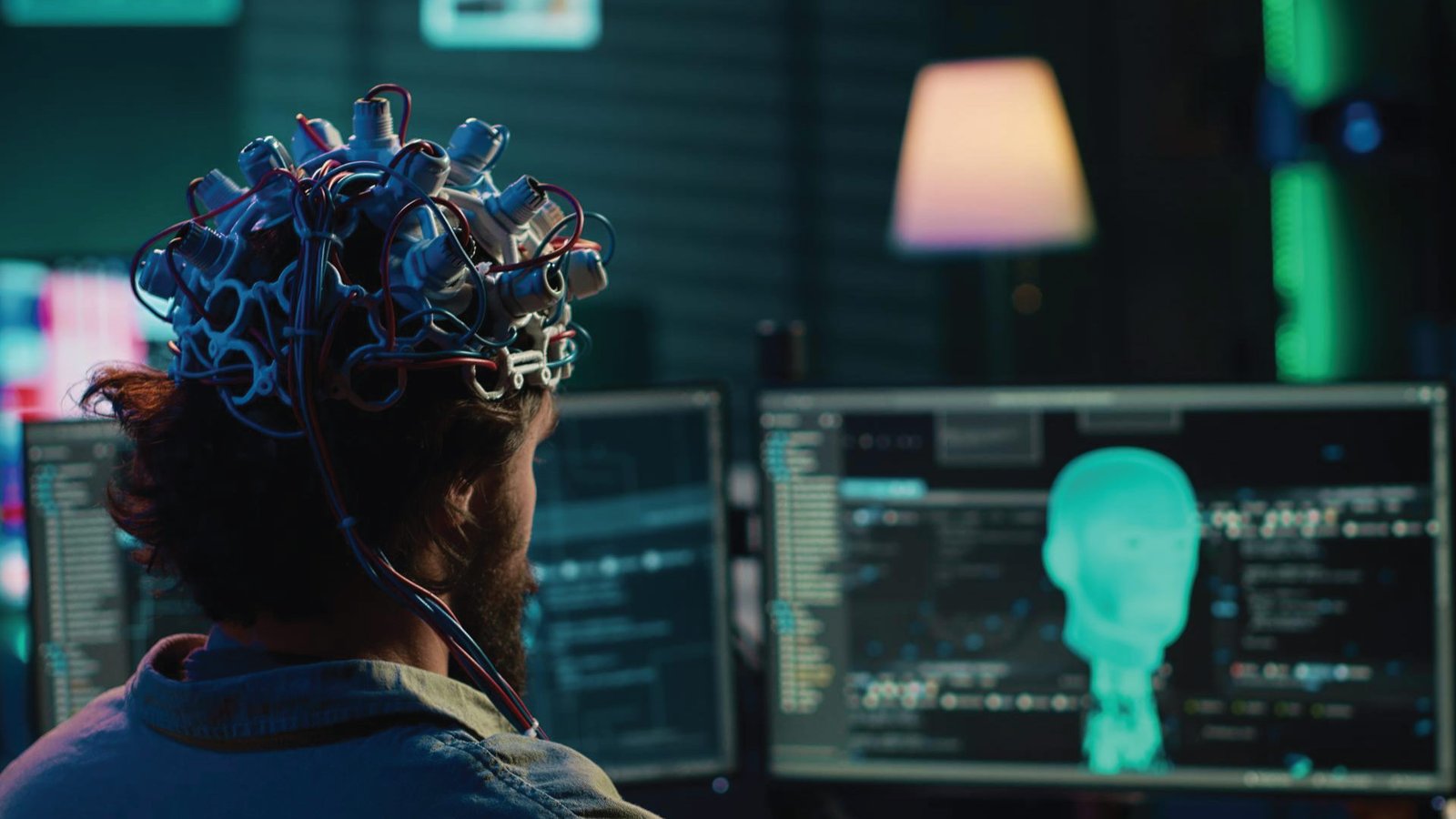Neuro-EdTech in 2025: Beyond grades, decoding real-time brain activity for education and workforce competitiveness.
Proxies, such as grades, test scores, and standardized tests, have been used to power education for decades, and all they do is give a clue to what a learner really knows. There is a way that neurotechnology is defying that in 2025. It is going to bestow the insights into the acquisition, storage, and use of knowledge, as well as decoding brain activity in real time.
The actual question to leaders is not whether neuro-EdTech is working, but whether it changes the competitive edge in talent development, reskilling, and workforce preparation. In case learning is approaching the neural age, the main question that the executives should ask themselves is: will they be the first to change, or will they be the first to follow?
Table of Contents
Why Neurotechnology Becomes Unavoidable in 2025
Trends That Will Redefine How We Learn
The Strategic Value Leaders Can’t Overlook
The Fault Lines in the Neuro-EdTech Debate
Building the Playbook for 2025 and Beyond
Why Neurotechnology Becomes Unavoidable in 2025
Global conversations around neuro-EdTech are no longer hypothetical. Startups are raising significant venture capital to integrate brain-computer interfaces into classrooms. Governments in Asia, Europe, and North America are funding neuroscience-driven education pilots. Multinationals are experimenting with neuro-adaptive corporate training programs.
The drivers are urgent and universal. Reskilling pressures accelerate as industries automate. Burnout and mental health crises demand proactive solutions. Boards expect measurable ROI from learning investments. Neurotechnology doesn’t just align with these pressures—it amplifies the solutions. If artificial intelligence was the first digital wave in education, neuro-EdTech is the tsunami reshaping its foundations.
Trends That Will Redefine How We Learn
The most important shifts executives should track include:
- Neuro-adaptive classrooms where brainwave feedback adjusts lessons in real time, keeping learners engaged.
- Cognitive wellness tools that detect stress and fatigue, enabling interventions before burnout impacts performance.
- Immersive neuro-AR/VR platforms that sync simulations with neural responses for faster skill mastery.
- Corporate neurolearning pilots are already in play at Fortune 500 companies for leadership training and high-stakes decision-making.
These trends go far beyond flashy EdTech features. They represent a rewiring of the learning process itself, making education less about memory recall and more about optimizing brain performance.
The Strategic Value Leaders Can’t Overlook
Executives are already asking: what’s the ROI of neuro-EdTech? Early pilots suggest multiple advantages. Faster learning cycles reduce training costs. Personalized instruction enhances employee retention and engagement. Neurodata becomes a new class of analytics, offering insights into workforce adaptability and potential.
The bigger strategic challenge is competitive parity. If your competitor trains brains while you only train skills, who wins in the next talent war? Organizations that harness neuro-EdTech today are building structural advantages that will compound over time.
The Fault Lines in the Neuro-EdTech Debate
However, there are fault lines in the promise that should be followed by executives.
- Ethics – Brain data is more intimate than any behavioral dataset. Who owns it? How secure is it?
- Equity – Will more elite institutions have access to high-level neurolearning, which puts a new rift?
- Creativity risk – Will the measurement of cognition unconsciously suppress imagination and creative thought?
- Scalability – Lots of pilots are dazzling; however, can the technology scale at the schoolwide or company-wide level?
The dilemma is evident to the decision-makers. Act fast and face reputational blowback in case of ethics failure. Wait and run the danger of being outmoded when the competitors fly.
Building the Playbook for 2025 and Beyond
The playbook is something that C-suite leaders should already be thinking about. Key moves include:
- Infrastructure readiness – making classrooms, laboratories, and corporate training spaces neuro-compatible.
- Governance and trust – developing neurodata ownership and transparency ethical standards.
- Cross-sector partnerships – engaging EdTech companies, neuroscience research centers, and regulators to responsibly spur adoption.
Neurolearning is not only a potential benefit of education by 2030 but also a national competitiveness indicator, similar to literacy or STEM competence levels in previous decades.
Neurotechnology is not concerned with devices or glittery pilots. It is the rebirth of the DNA of human learning, work, and adaptation. The implications for executives go way beyond classrooms. They rub workforce readiness, leadership pipeline, and global talent competitiveness.
The leaders who are decisive nowadays will not merely introduce a new tool. They will be the future generators of intelligence, creativity, and innovation on behalf of the organizations- and countries- they are in charge.
The leaders who act decisively today will not just implement a new tool. They will shape the future of intelligence, creativity, and innovation for the organizations—and nations—that they lead.
Discover the latest trends and insights—explore the Business Insights Journal for up-to-date strategies and industry breakthroughs!

